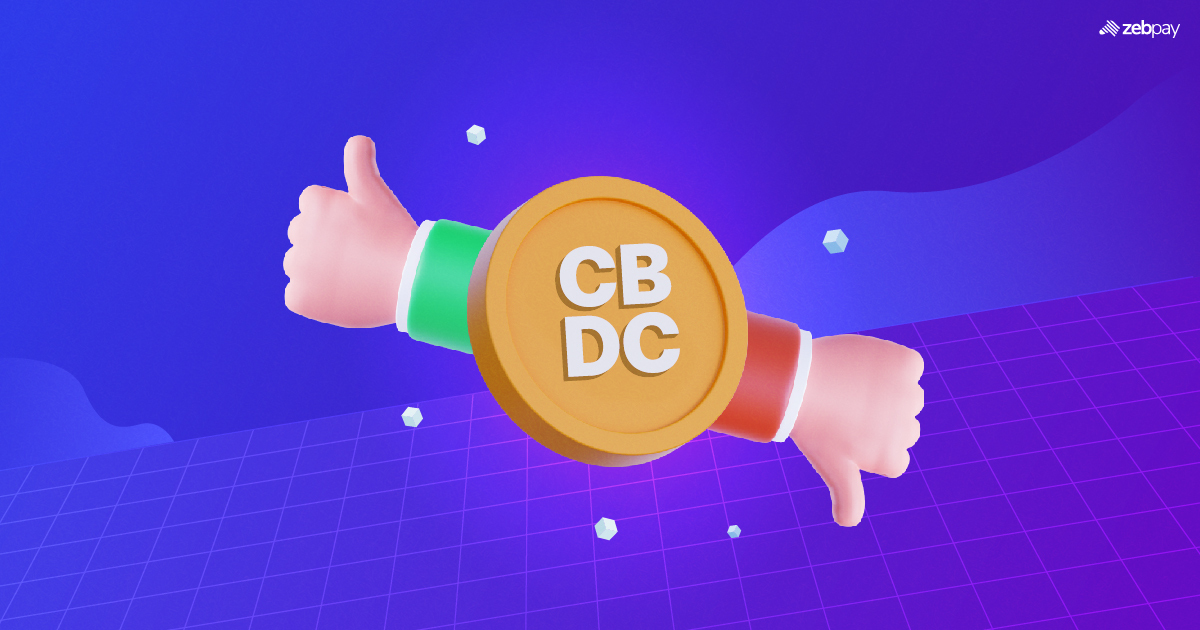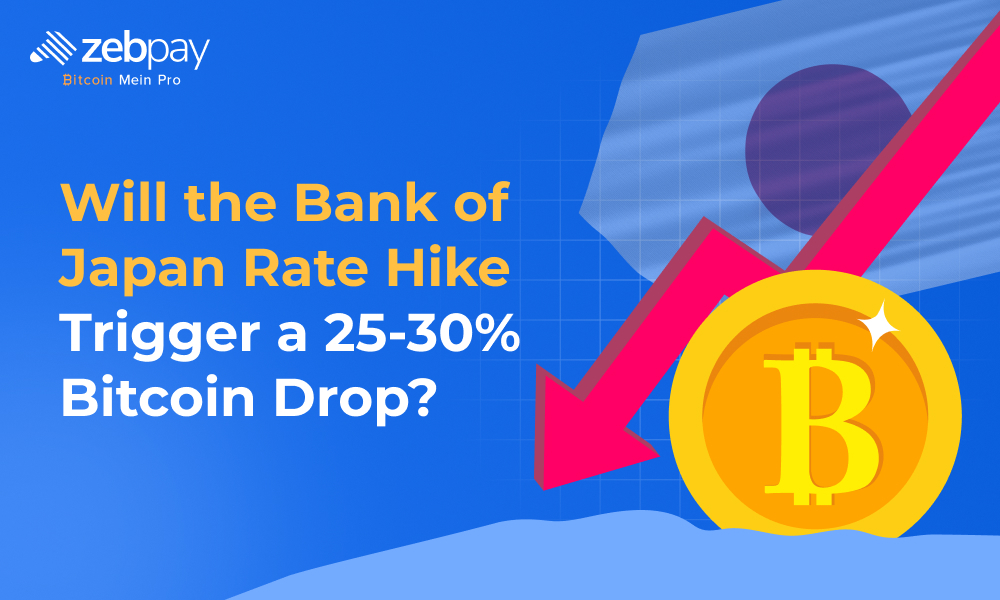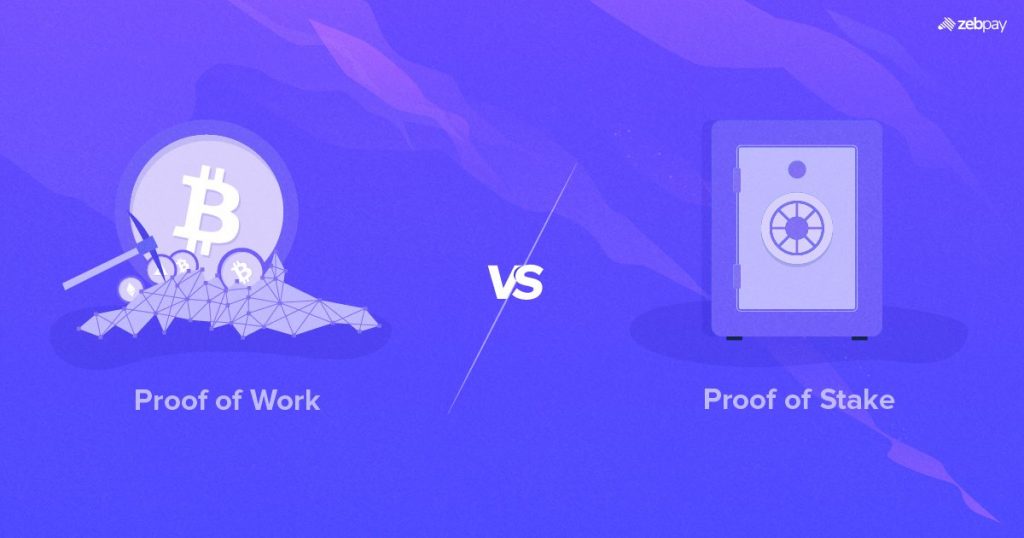In the rapidly evolving world of digital assets, Central Bank Digital Currencies (CBDCs) have emerged as a hot topic of discussion. As policymakers, financial institutions, and the general public consider the implementation of CBDCs, it’s essential to understand their potential benefits and drawbacks. In this article, we will explore the Central Bank Digital Currencies’ advantages, disadvantages and shed light on this groundbreaking development in the financial sector.
Definition of central bank digital currencies (CBDCs)
A central bank digital currency (CBDC) is a digital currency issued and backed by a central bank. It is digital cash that is intended to work like physical money but is only available digitally. CBDCs are different from cryptos like Bitcoin as they are issued and regulated by central banks and are considered legal tender.
Read more: What is CBDC
CBDC: Pros and Cons
CBDCs have the potential to offer a range of benefits to the financial system.
Pros of CBDC
A. Improved Payment Efficiency and Accessibility
CBDCs can significantly improve payment efficiency and accessibility. They offer instant transactions, which can help reduce the time and cost of cross-border payments. They also provide a secure and efficient way for individuals to make transactions without the need for intermediaries such as banks or payment processors.
B. Enhanced Financial Inclusion and Access to Banking Services
CBDCs can help enhance financial inclusion and access to banking services. They can provide individuals who do not have access to traditional banking services with a safe, secure, and affordable way to store and transfer money. CBDCs can also reduce the need for physical cash, which can be beneficial for people who live in areas with limited access to banking infrastructure.
C. Increased Security and Transparency
CBDCs can provide increased security and transparency. They offer strong encryption and authentication protocols that can help prevent fraud and cyberattacks. CBDCs also provide a transparent record of all transactions, which can help prevent money laundering and other illegal activities.
Read more: What is a Crypto Scam
D. Reduced Costs and Risks of Physical Cash Handling
CBDCs can help reduce the costs and risks associated with physical cash handling. They can reduce the need for cash handling and transportation, which can be expensive and pose security risks. CBDCs can also help prevent counterfeiting and theft, which can be significant issues with physical cash.
E. Potential for Monetary Policy Implementation
CBDCs are an entirely new tool for implementing monetary policy. They can allow central banks to control the money supply more effectively, which can help stabilize the economy and prevent inflation. CBDCs can also provide central banks with real-time data on the state of the economy, which can help them make better policy decisions.
Cons of CBDC
Here are some potential risks of CBDCs:
A. Cybersecurity and Privacy Risks
One of the disadvantages of CBDCs is the potential for privacy risks. Digital currencies are vulnerable to cyberattacks, which can result in the loss of funds or sensitive information. The impact of CBDCs on privacy is vast, as they can be used to track individuals’ financial activities.
Read more: Guide On Protecting Your Crypto Investments
B. Disintermediation and Potential for Bank Runs
CBDCs can disrupt the existing financial system by removing the need for intermediaries. These include banks or payment processors. This can lead to disintermediation, reducing the profitability of banks and other financial institutions. CBDCs can also pose a risk of bank runs, as they offer an alternative to bank deposits that are backed by the government.
C. Technological and Infrastructural Challenges
CBDCs can present technological and infrastructural challenges. They require significant investments in new technology and infrastructure, which can be expensive and time-consuming. Additionally, CBDCs require a robust and secure digital infrastructure to function properly, which can be challenging in areas with limited internet connectivity or unreliable power supply.
D. Inherent Complexity and Regulatory Issues
CBDCs can be complex and present regulatory issues. They require a detailed understanding of blockchain technology and encryption protocols, which can be difficult for regulators and policymakers. Additionally, CBDCs may require new regulations and legal frameworks, which can take time to develop and implement.
Read more: What Are Blockchain Layers
E. Potential Disruption of the Existing Financial System
CBDCs can disrupt the existing financial system by eliminating the need for traditional banking services. This can lead to significant changes in the financial industry, which can be challenging for individuals and businesses that rely on these services.
Conclusion
Central bank digital currencies (CBDCs) offer a range of benefits and drawbacks to the financial system. They have the potential to improve payment efficiency, enhance financial inclusion, and increase security and transparency. But they also pose risks such as cybersecurity and privacy risks, potential for bank runs, and technological challenges.
As with any new technology, it is important to carefully consider the potential benefits and drawbacks of CBDCs. Policymakers, regulators, and financial institutions must work together to address these challenges and ensure that CBDCs are developed well.
You can now read about Crypto, Blockchain and Web 3 on ZebPay Blogs. Click on the button below to begin trading.







